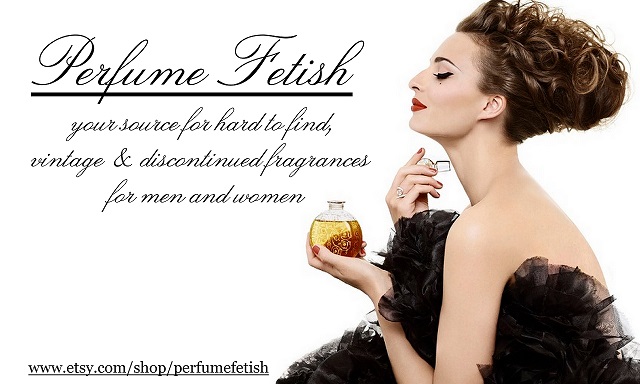Jicky by Guerlain: originally created in 1889. It is a classical fragrance and, despite the age, it is timeless and still very modern.
According to the legend, the perfume was named after a girl Aimé Guerlain was in love with when he was a student in England, and then it was said that the perfume was named after his uncle Jacques Guerlain’s nickname – Jicky.
It is more likely, though, that Aimé, a gay man, was hiding his love for someone else named Jacques and someone at Guerlain created the story of a long lost female love to hide his sexuality and to protect the reputation of Guerlain during the late 1800s, which is not unreasonable given the time period.
According to the legend, the perfume was named after a girl Aimé Guerlain was in love with when he was a student in England, and then it was said that the perfume was named after his uncle Jacques Guerlain’s nickname – Jicky.
It is more likely, though, that Aimé, a gay man, was hiding his love for someone else named Jacques and someone at Guerlain created the story of a long lost female love to hide his sexuality and to protect the reputation of Guerlain during the late 1800s, which is not unreasonable given the time period.







.png)

.png)





.png)











